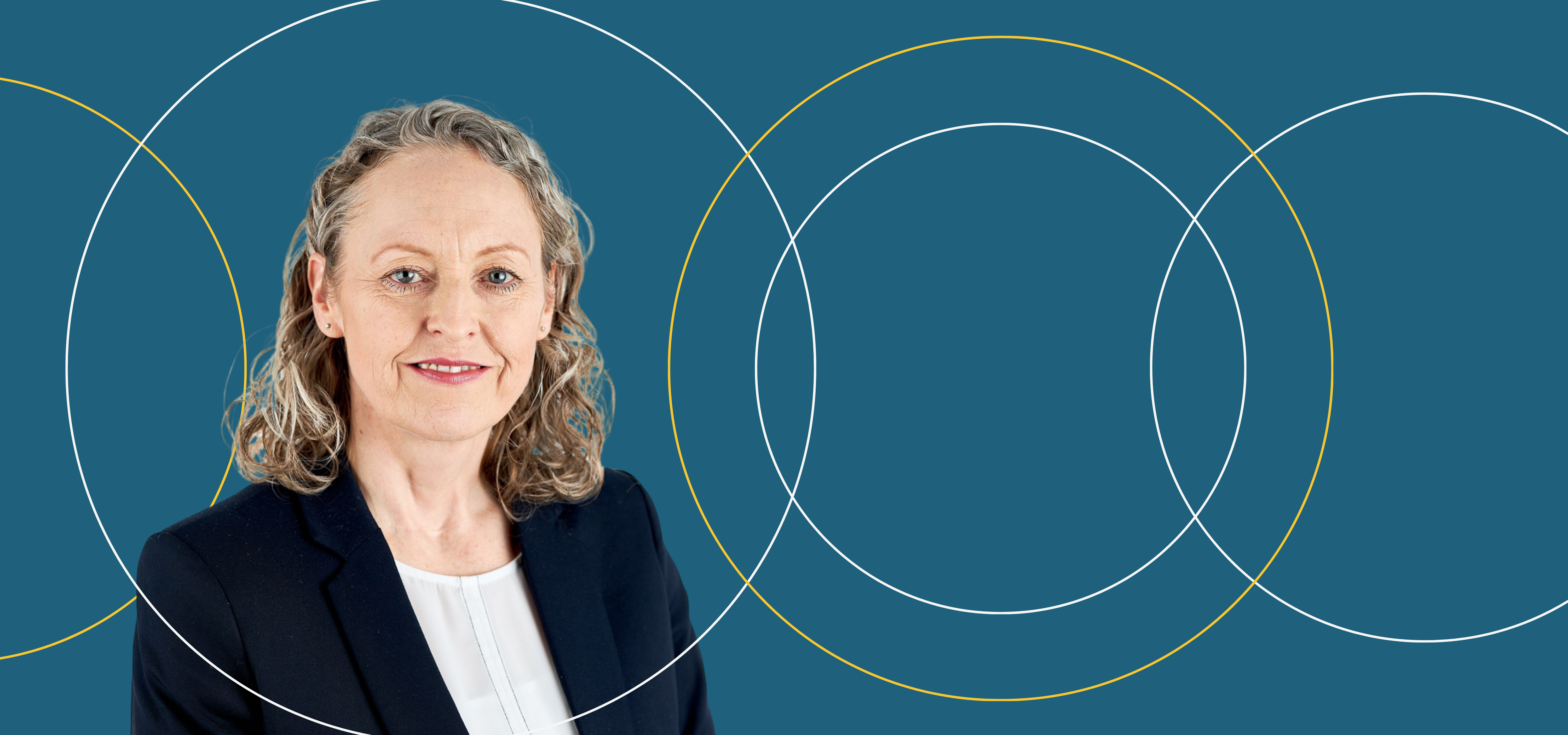Creating a better world through sustainable solutions

As the world continues to move towards more sustainable solutions, we are committed to providing our customers with the most sustainable products possible. We will continue to innovate and invest in clean technologies to produce industry leading and climate-conscious products that empower our customers to be the sustainability leaders of their own industries.
We analyse various products from a CO2 impact perspective using a specialist modelling tool that covers the scope of material production to delivery to customers.
We also routinely initiate tear-down analysis and conduct value engineering on our own product range to seek ways of reducing material usage whilst maintaining optimal performance and integrity of the product. This includes the use of hazardous materials which we aim to minimise the use of and effect of, such as lead.
Sustainability in action
Halo-B is a mechanical thermostatic valve that ensures thermal comfort and energy savings thanks to its innovative tamper-proof temperature setting system, which does not allow the end-user to change it constantly. This removes one of the many sources of energy waste, as increasing the temperature by as little as 1˚C can increase energy consumption by 6%. Another benefit of the Halo-B is that it is a liquid-filled thermostat with high-pressure power and precision control designed to last up to 15 years, making it a sustainable long-term solution that can stand the test of time. The Halo-B is a product that can help make the world a more sustainable, energy-efficient place and fits perfectly into our Better World ambitions.
We are increasing our use of Environmental Product Declaration (EPD) processes. The EPD is a means of identifying the environmental impact of a product. It can also be used as a benchmark in order to improve the sustainability goals, and to demonstrate a commitment to the environment to customers.
EPDs are primarily intended to facilitate business-to-business transactions, although they may also be of benefit to consumers who are environmentally focused when choosing goods or services. This project will deliver an EPD based on life cycle assessment which will be meeting customers’ and authorities’ demands for credible, easily understandable and comparable environmental information. The underlying life cycle assessment is also an excellent basis for further improving the product’s environmental properties.



